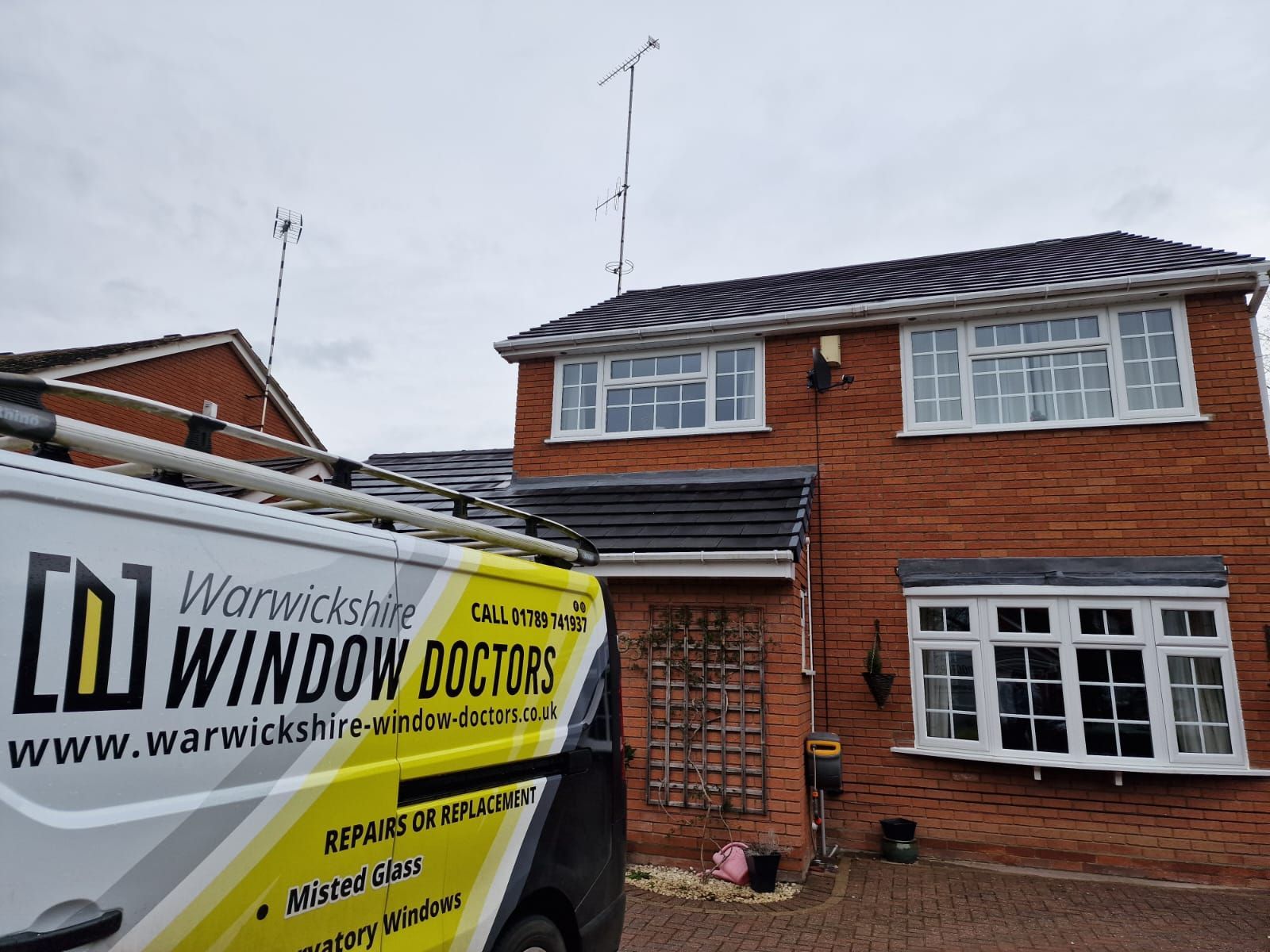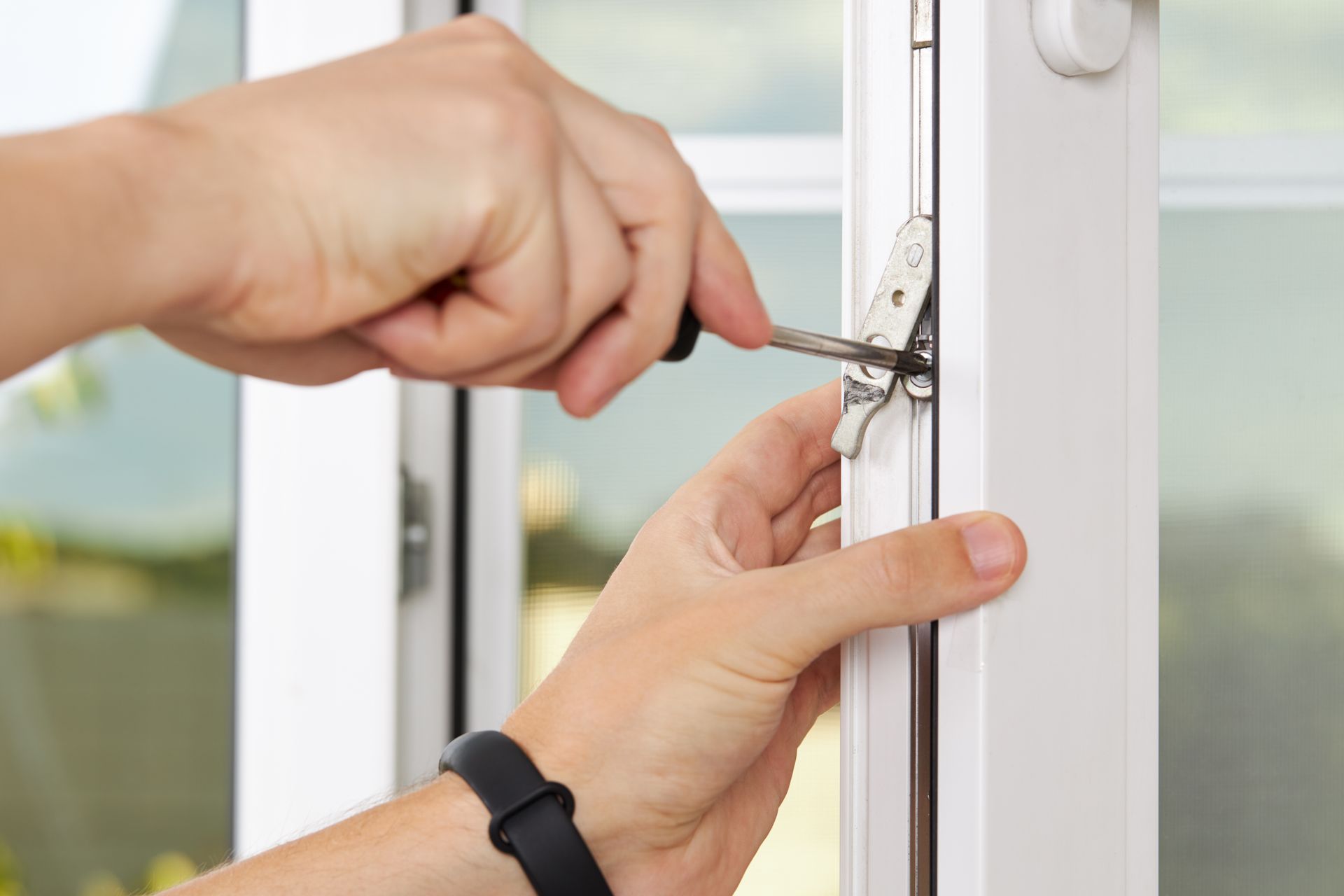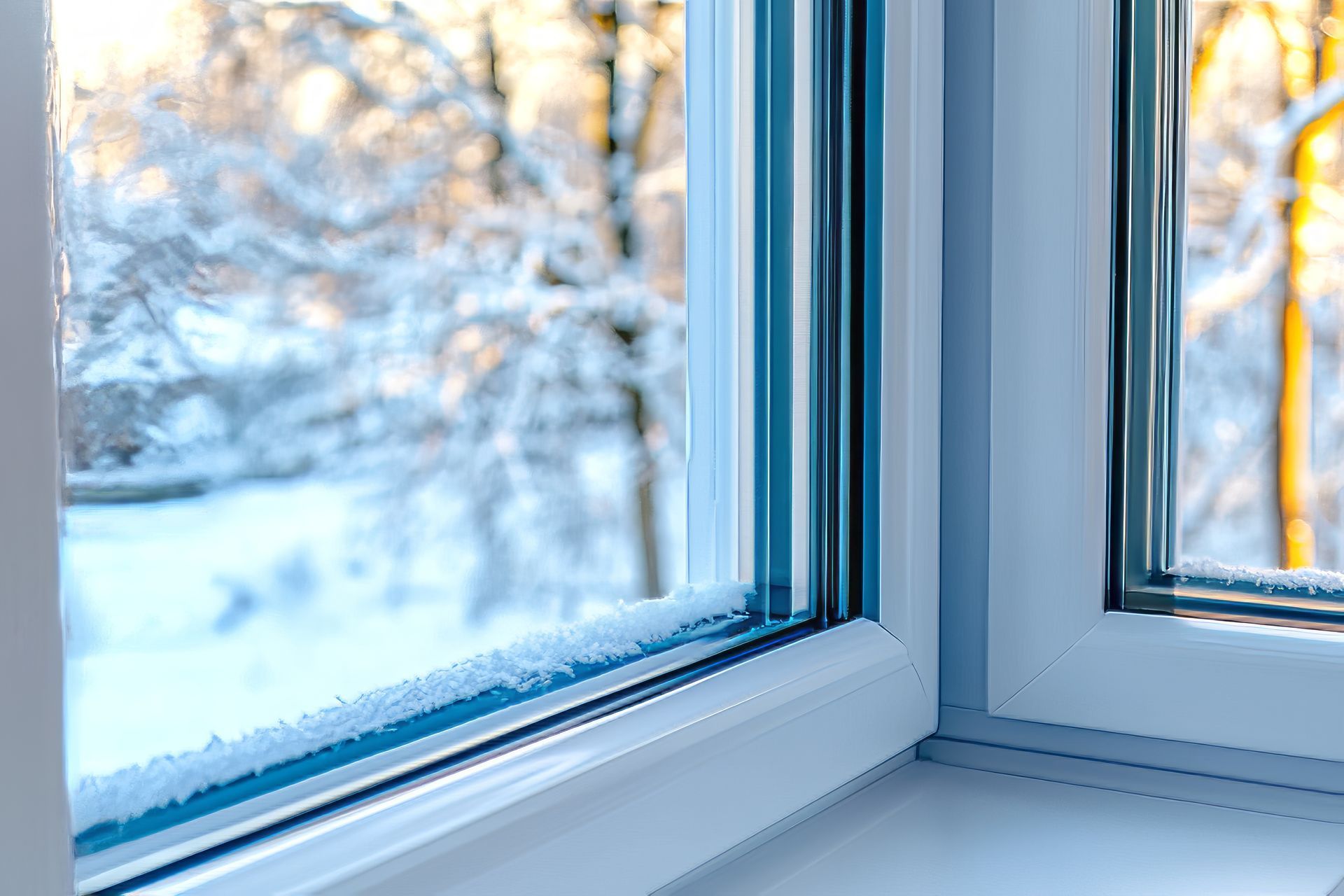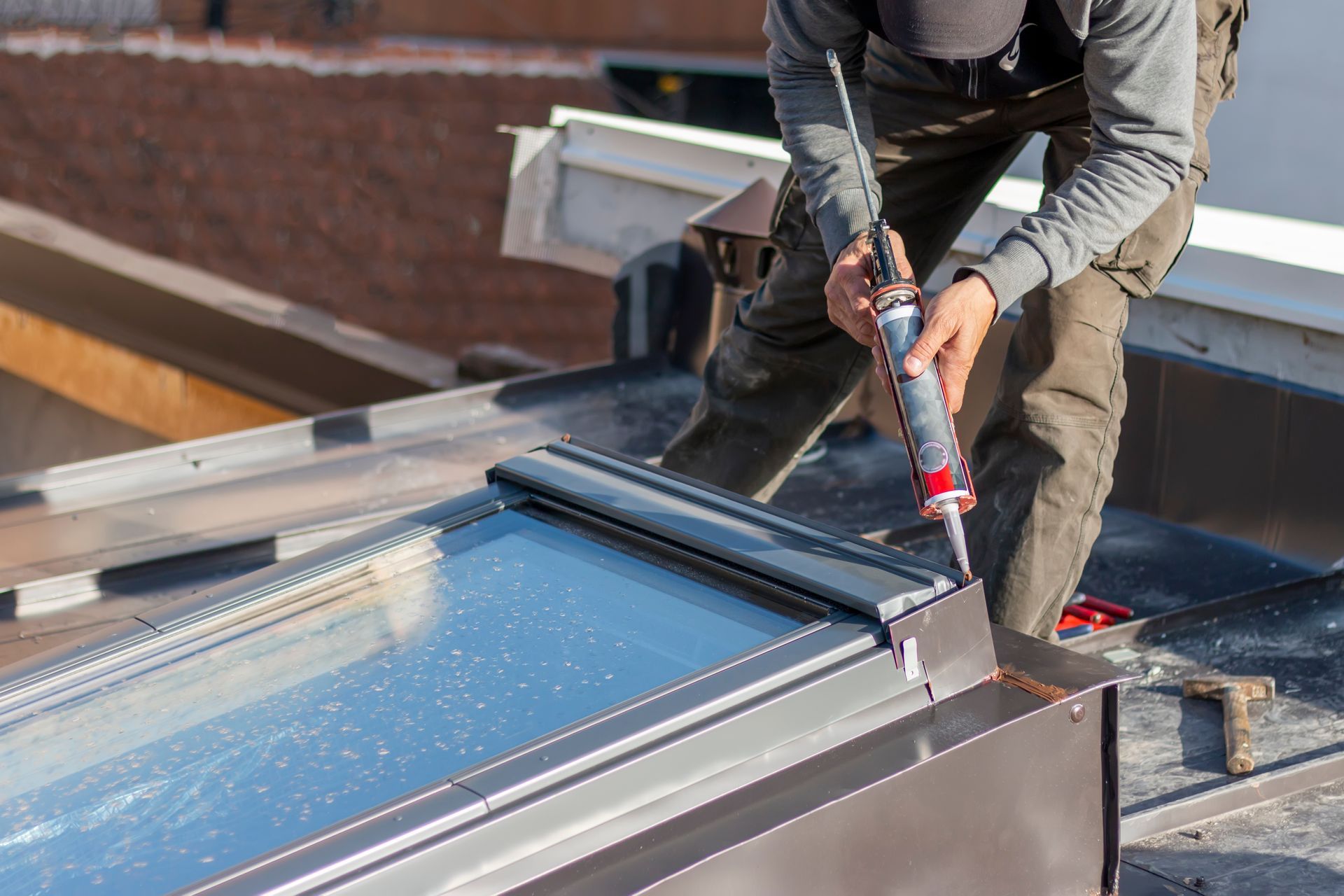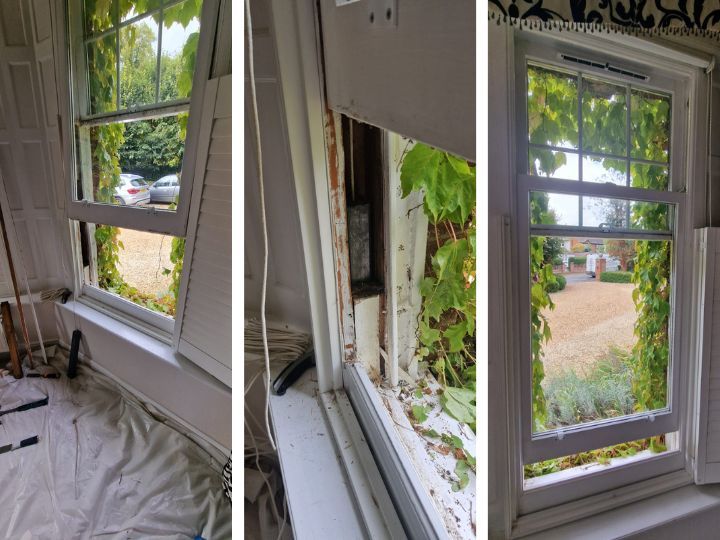The role of misty glass in home energy loss
How Misty Glass Replacement Can Improve Your Home's Energy Efficiency
Windows are an essential part of any home, providing natural light, ventilation, and a connection to the outdoors. However, they can also be a significant source of energy loss, especially if they are old or damaged. One common issue with windows is misty glass, which occurs when moisture gets trapped between the panes, causing a foggy or cloudy appearance. Misty glass not only looks unsightly, but it can also compromise your home's energy efficiency, resulting in higher utility bills and reduced comfort.
In this blog, we'll explore the relationship between misty glass and energy efficiency, the benefits of energy-efficient windows, and how misty glass replacement can improve your home's energy efficiency. We'll also offer tips on choosing the right glass for maximum energy savings.
The role of misty glass in home energy loss
Misty glass is a common problem for double-pane windows, which are designed to provide insulation by trapping air between the panes. When the seal around the window fails, moisture can enter, leading to foggy glass. While misty glass may not seem like a significant issue, it can actually have a considerable impact on your home's energy efficiency.
Misty glass can increase the heat loss from your home during the winter months and make your home more difficult to cool during the summer. This is because the moisture trapped between the panes of glass conducts heat, creating a thermal bridge that allows heat to transfer between the inside and outside of your home. As a result, your HVAC system has to work harder to maintain a comfortable temperature, leading to higher energy bills and increased wear and tear on your equipment.
The benefits of energy-efficient windows
Energy-efficient windows are designed to reduce the amount of energy that is lost through your windows, helping to keep your home more comfortable and reducing your energy bills. They achieve this by using advanced glazing technologies and framing materials that provide better insulation, reduce air leakage, and block heat transfer.
Some of the benefits of energy-efficient windows include:
- Lower energy bills: Energy-efficient windows can help reduce your heating and cooling costs by up to 30%, depending on your climate and other factors.
- Improved comfort: Energy-efficient windows help keep your home more comfortable by reducing drafts, improving temperature control, and blocking outside noise.
- Increased resale value: Energy-efficient upgrades are highly valued by homebuyers and can help increase the resale value of your home.
- Environmental benefits: By reducing your energy consumption, you can help reduce your carbon footprint and contribute to a more sustainable future.
How misty glass replacement improves energy efficiency
Misty glass replacement is a cost-effective way to improve your home's energy efficiency and restore the appearance of your windows. By replacing your misty glass with energy-efficient glass, you can achieve a number of benefits, including:
- Improved insulation: Energy-efficient glass is designed to provide better insulation than standard glass, reducing heat loss and keeping your home more comfortable.
- Reduced air leakage: New windows are installed with a tighter seal, reducing the amount of air that can escape through gaps around the window.
- Better temperature control: Energy-efficient glass helps to maintain a more consistent indoor temperature, reducing the workload on your HVAC system.
- Improved appearance: Replacing misty glass with clear glass can improve the appearance of your windows, making your home look more attractive and increasing its curb appeal.
Choosing the right glass for maximum energy savings
When choosing energy-efficient glass for your replacement windows, there are several factors to consider. These include the type of glass, the number of panes, and the framing material. Here are some tips to help you choose the right glass for maximum energy savings:
- Low-E glass: Low-E (low emissivity) glass is coated with a thin layer of metal oxide that reflects heat back into your home during the winter and blocks heat from entering during the summer. This type of glass can significantly reduce your energy bills and improve your home's comfort.
- Triple-pane glass: Triple-pane glass provides the highest level of insulation, with three layers of glass separated by gas-filled chambers. This type of glass is ideal for homes in cold climates where energy efficiency is a top priority.
- Argon or krypton gas: Gas-filled chambers between the panes of glass can further enhance insulation by reducing the transfer of heat. Argon or krypton gas is commonly used for this purpose, as they are non-toxic, non-reactive, and have excellent insulating properties.
- Framing material: The framing material of your replacement windows can also impact energy efficiency. Vinyl frames are a popular choice as they provide good insulation, are easy to maintain, and are affordable. However, wood and fiberglass frames are also good options, especially for homes with historic or traditional architecture.
In conclusion, misty glass replacement is an excellent way to improve your home's energy efficiency and save money on your utility bills. By choosing energy-efficient glass and framing materials, you can further enhance your home's insulation and comfort. If you're experiencing misty glass in your windows, consider replacing them with energy-efficient windows to reap the benefits for years to come.


